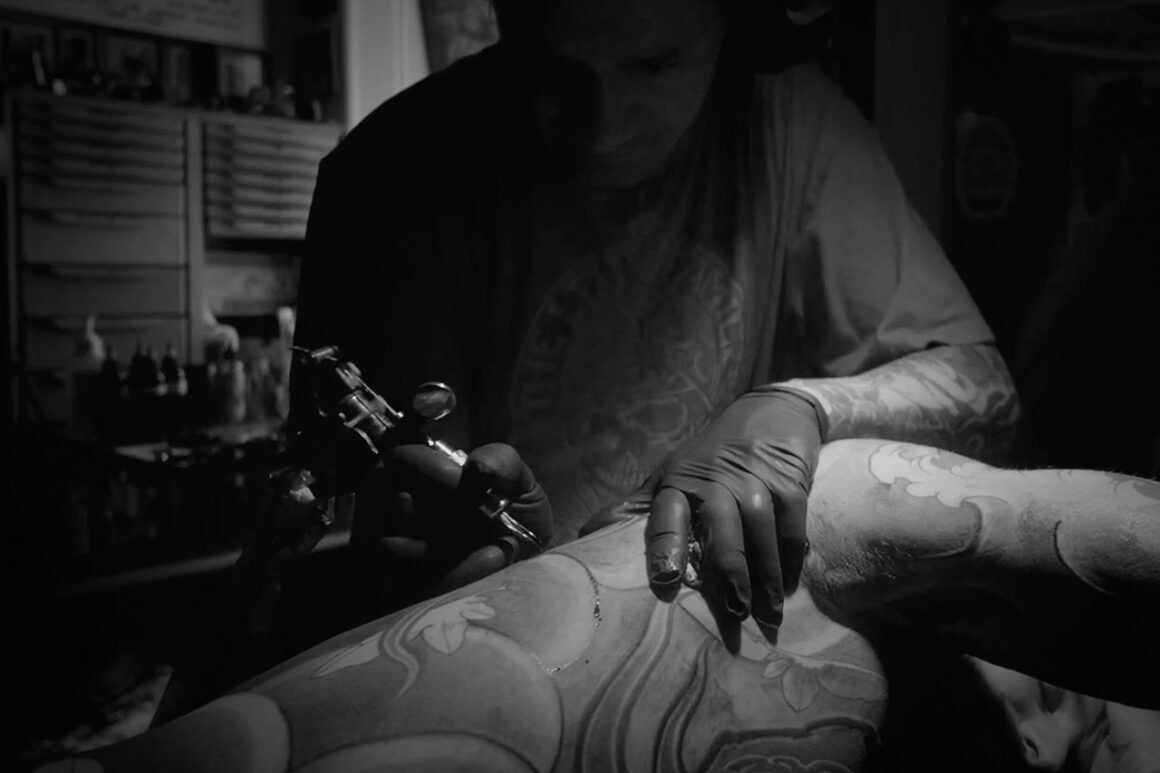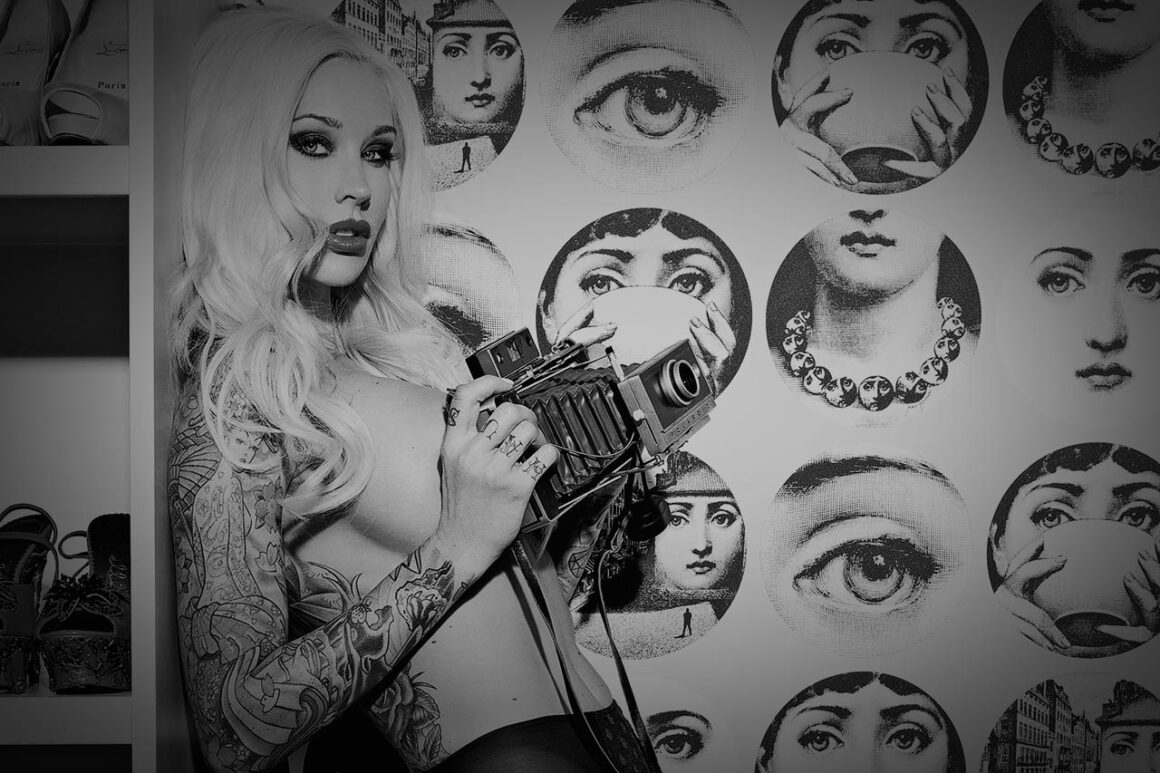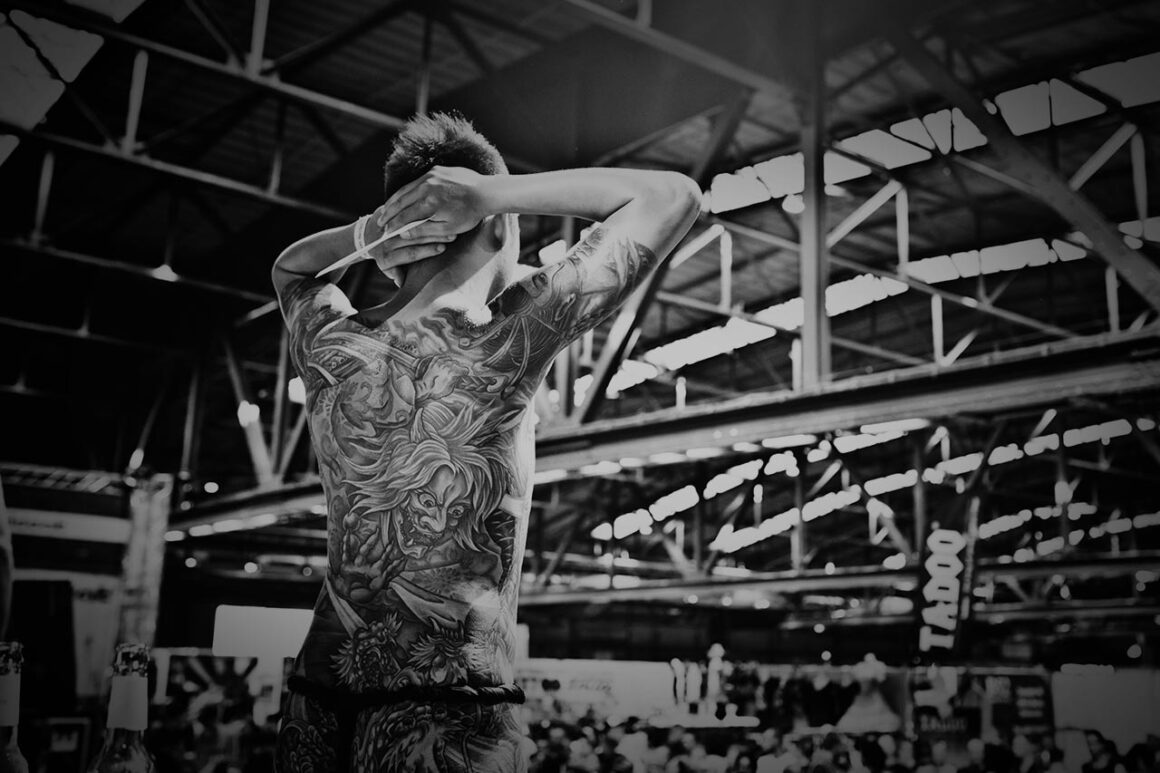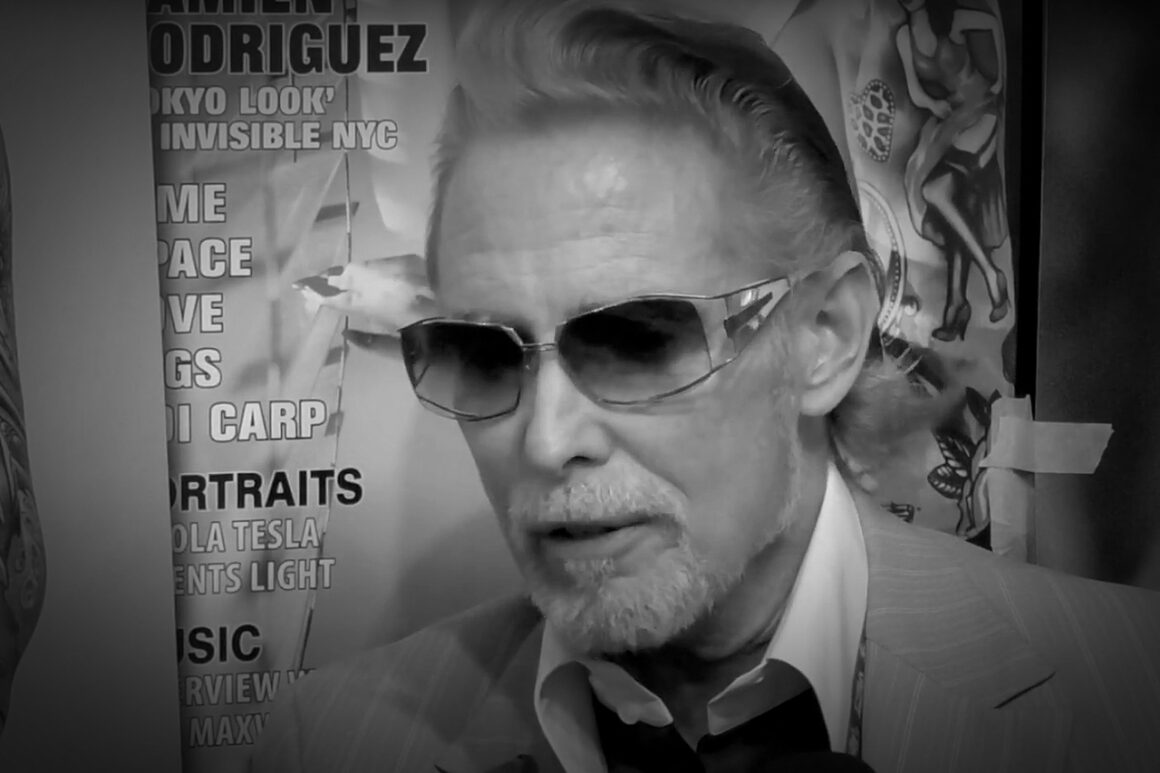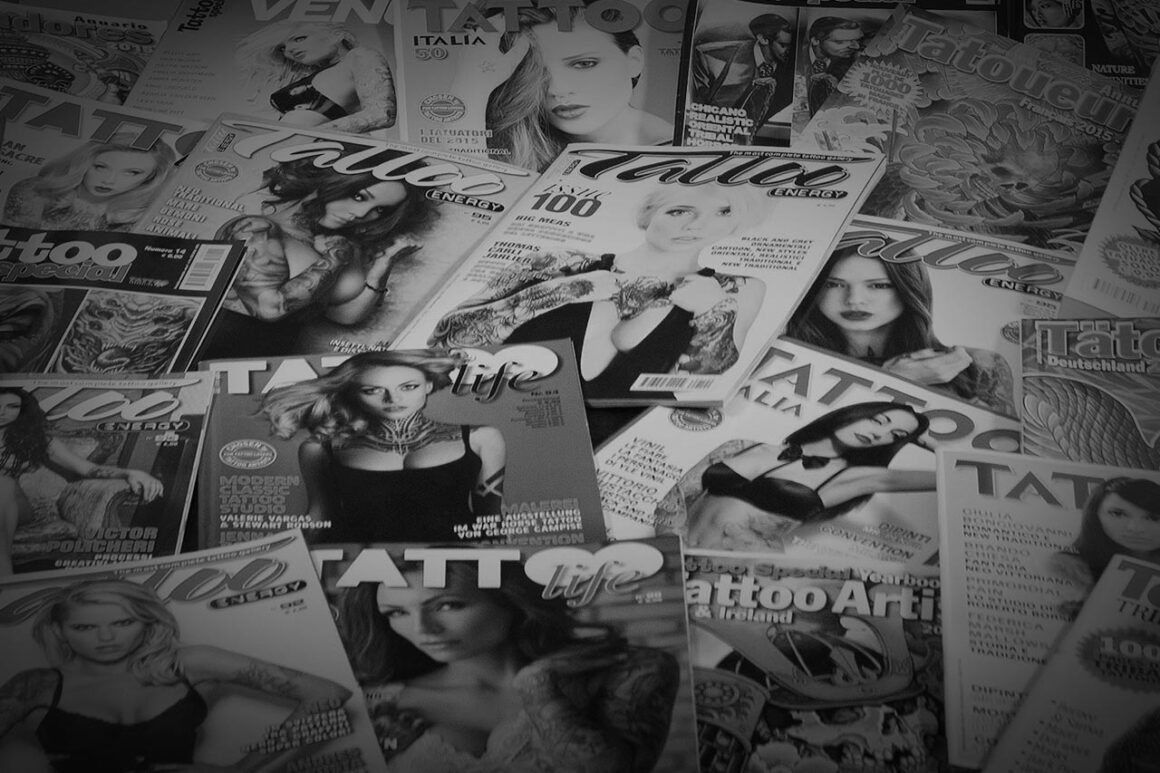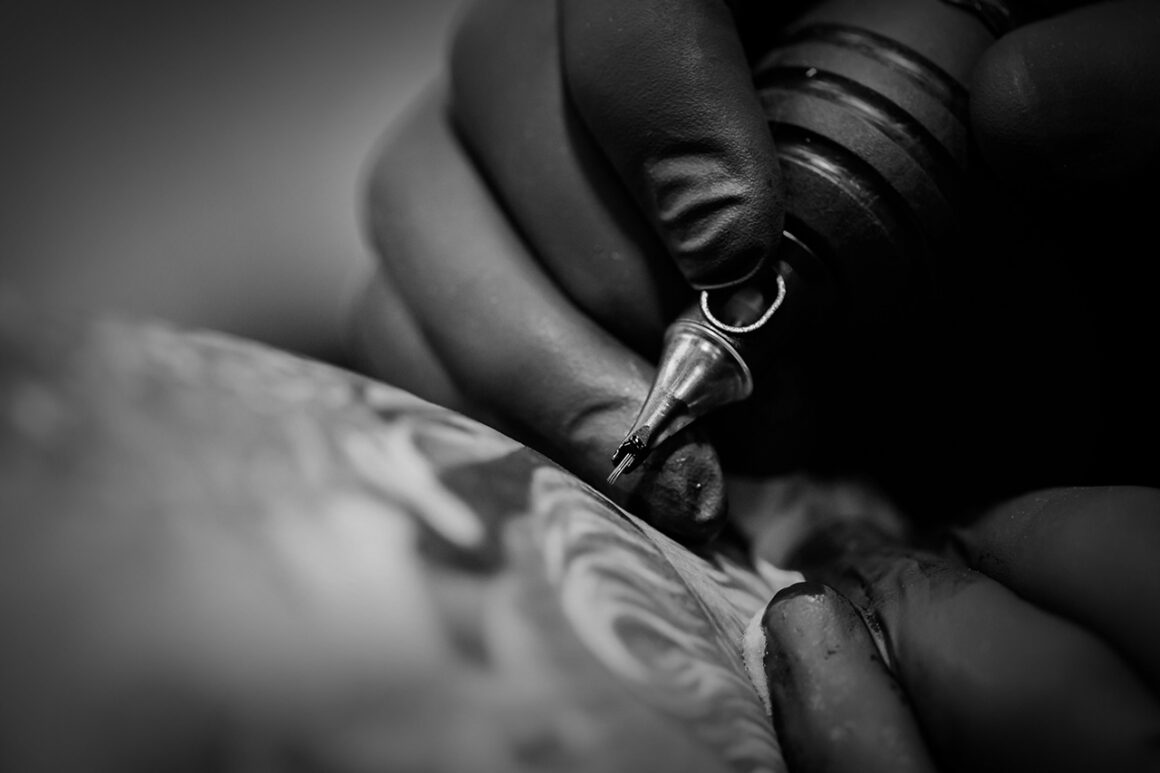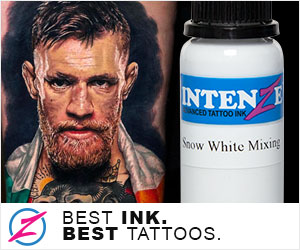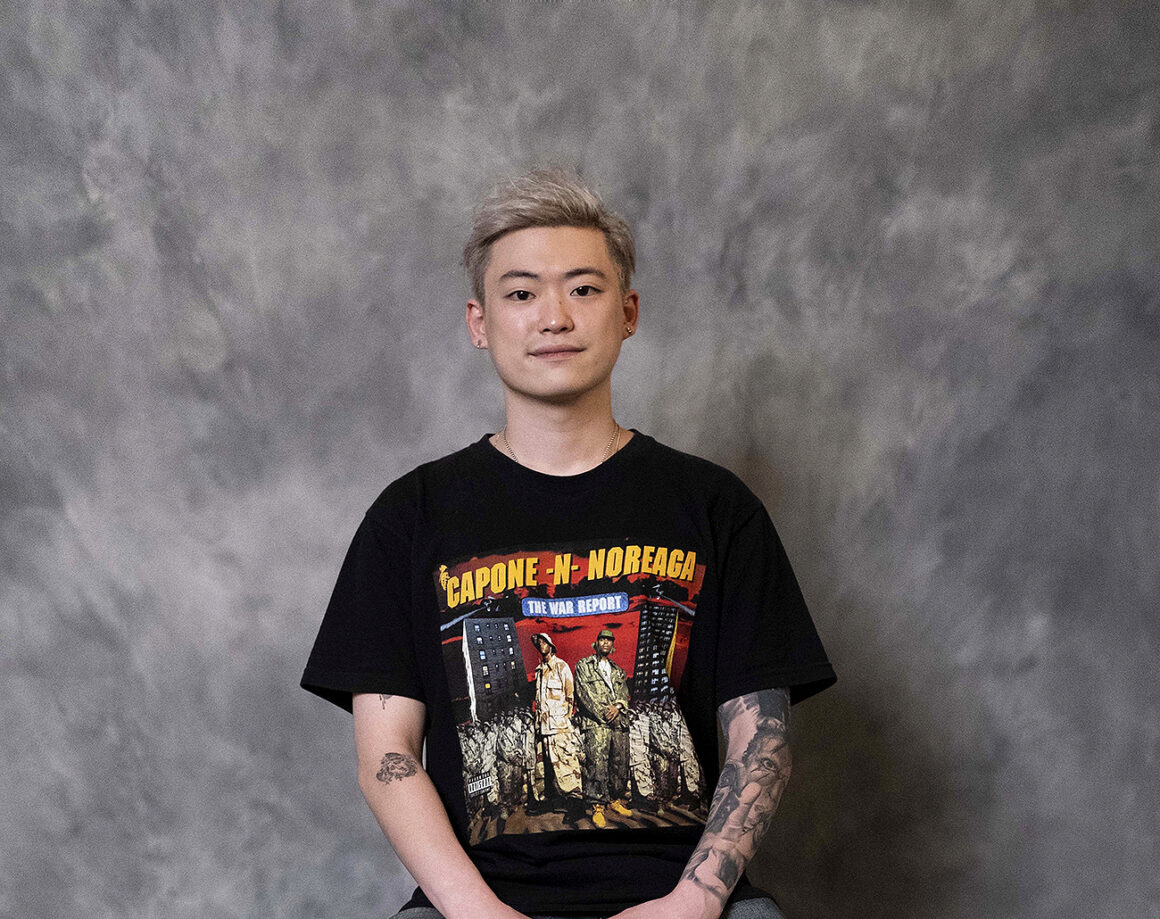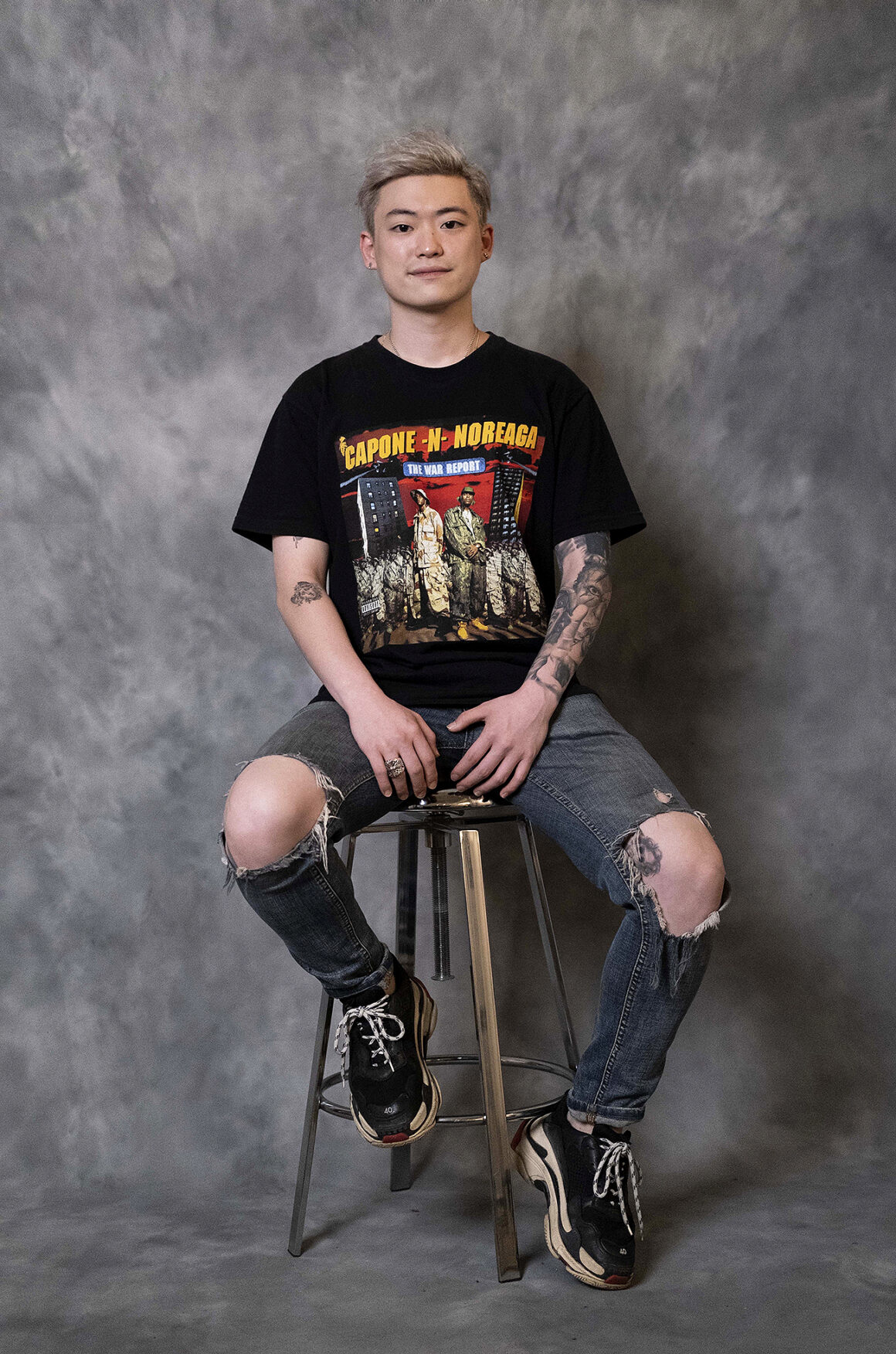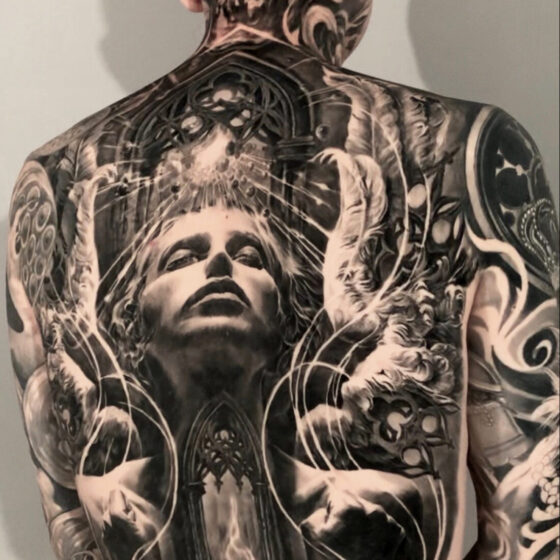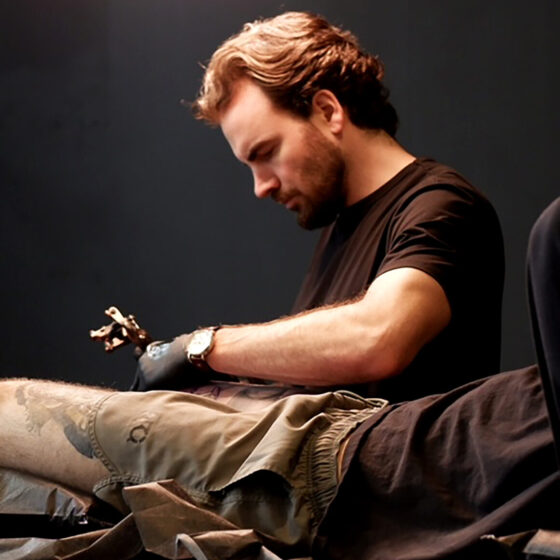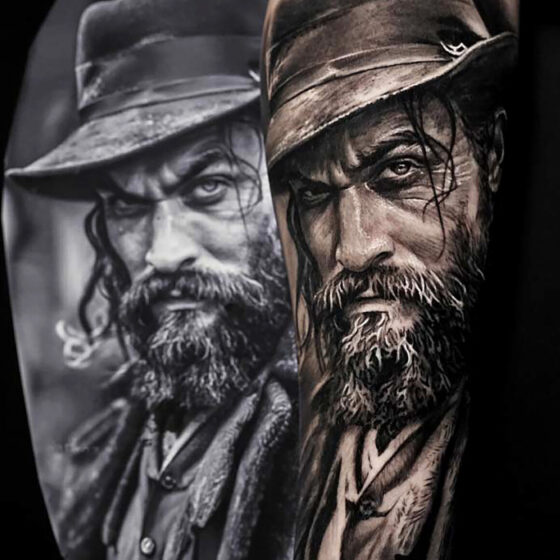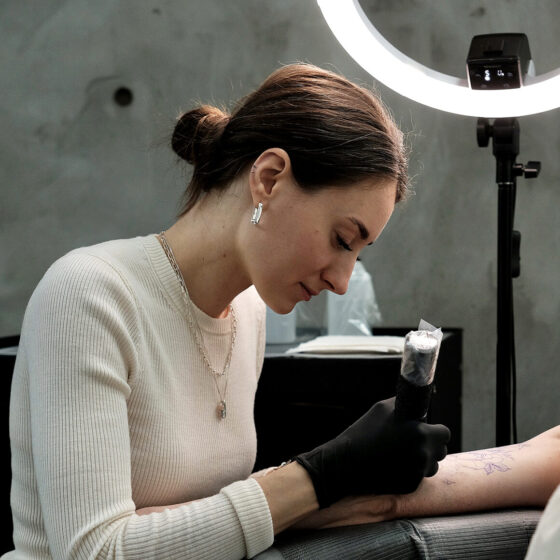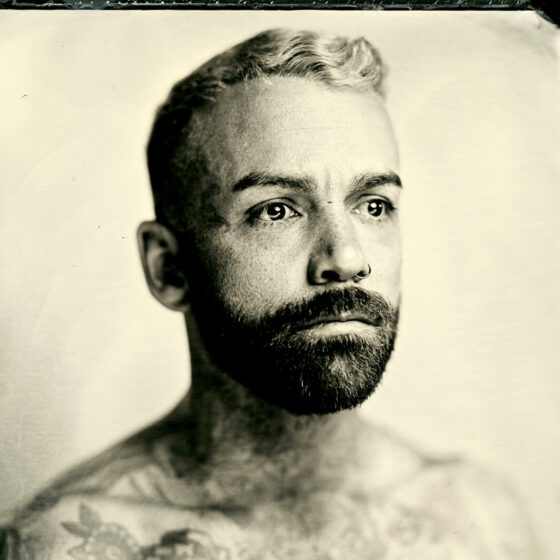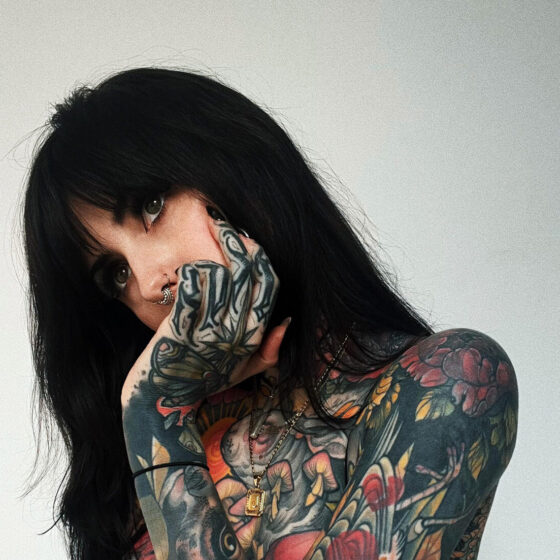Young Gi Cho, better known as @ygtattoos, is a South Korean tattoo artist whose work stands out for its intricate black and grey micro-realism. With a background in classical music and composition, Young Gi’s journey into tattooing was not conventional. However, his dedication to mastering the craft, combined with a strong artistic vision, has led him to develop a distinctive and refined style.
His tattoos are often inspired by classical motifs and Western art, balance depth, contrast, and fine details to create striking compositions. In this interview, Young Gi shares with us insights into his artistic influences, creative process, and aspirations for the future.
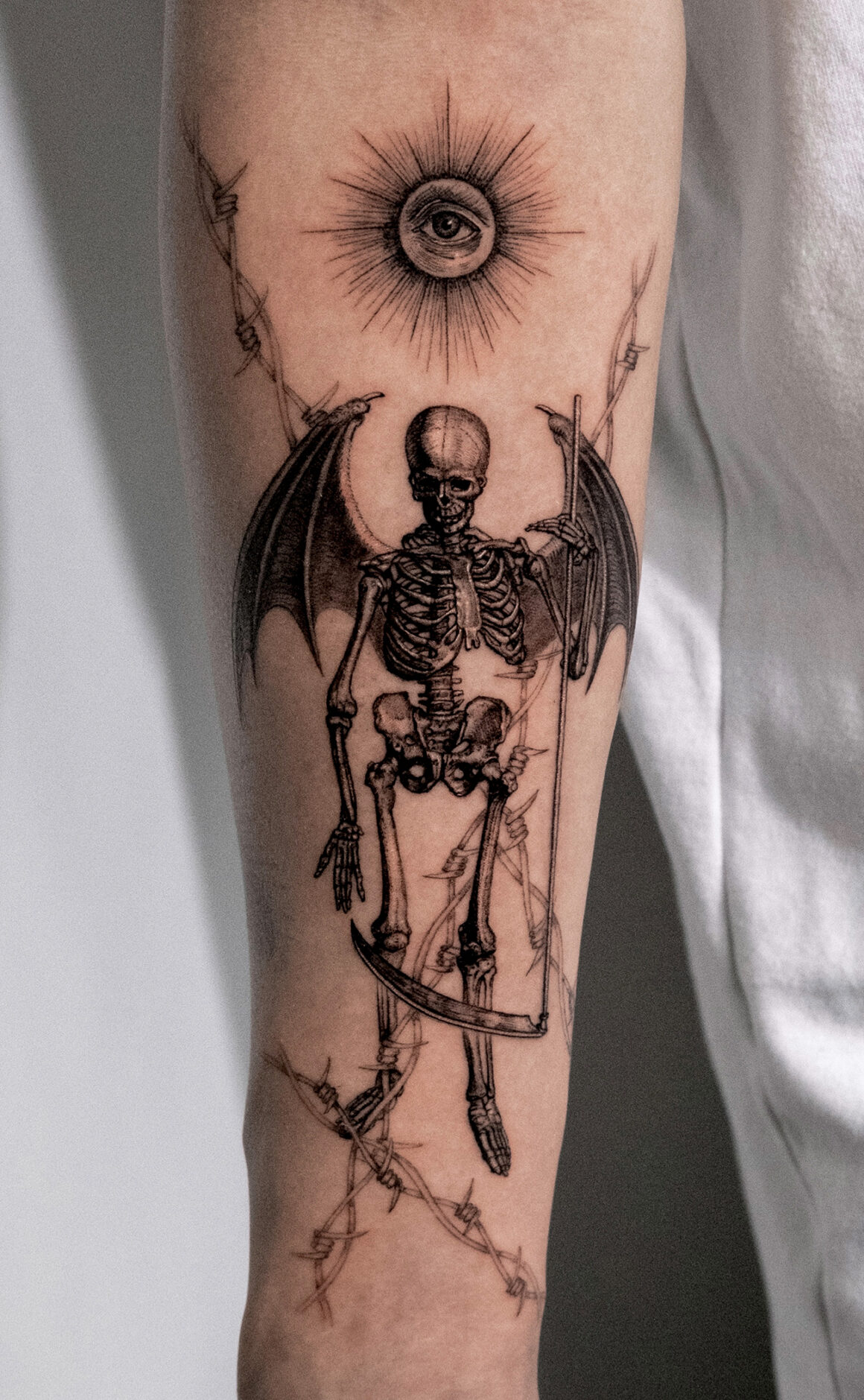
Young, how did you get into tattooing, and what led you to specialise in black and grey illustrative style?
I originally studied classical piano and composition when I was young. After dedicating around ten years to music, I had to stop due to personal reasons and enrolled at a regular university. While serving in the military, I felt a strong urge to return to the arts. After completing my service, I sought advice from my older brother, who was already working as a tattoo artist, and decided to begin my apprenticeship in Korea.
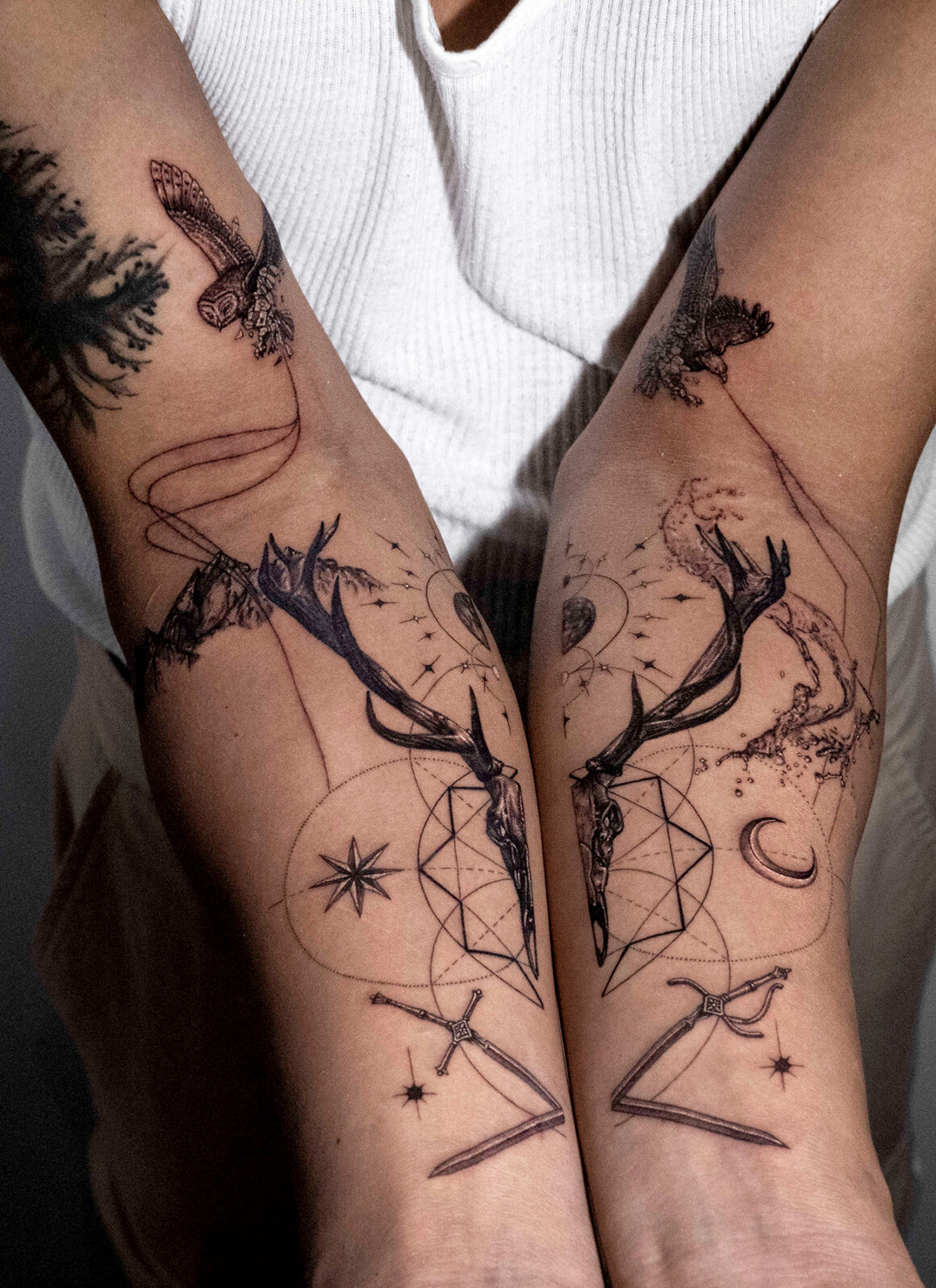
From the very beginning, I was drawn to black and grey realism. As I did not have a background in drawing, I spent three years as an apprentice, studying drawing extensively and learning from the work of various artists. I initially started with classic black and grey styles, but as I progressed, I became increasingly interested in micro-realism. I wanted to explore ways to combine realism with illustrative techniques to create more dynamic and engaging work. This led me to experiment and refine my own approach, blending realism as a foundation with unique illustrative elements to develop a more distinctive and creative style.
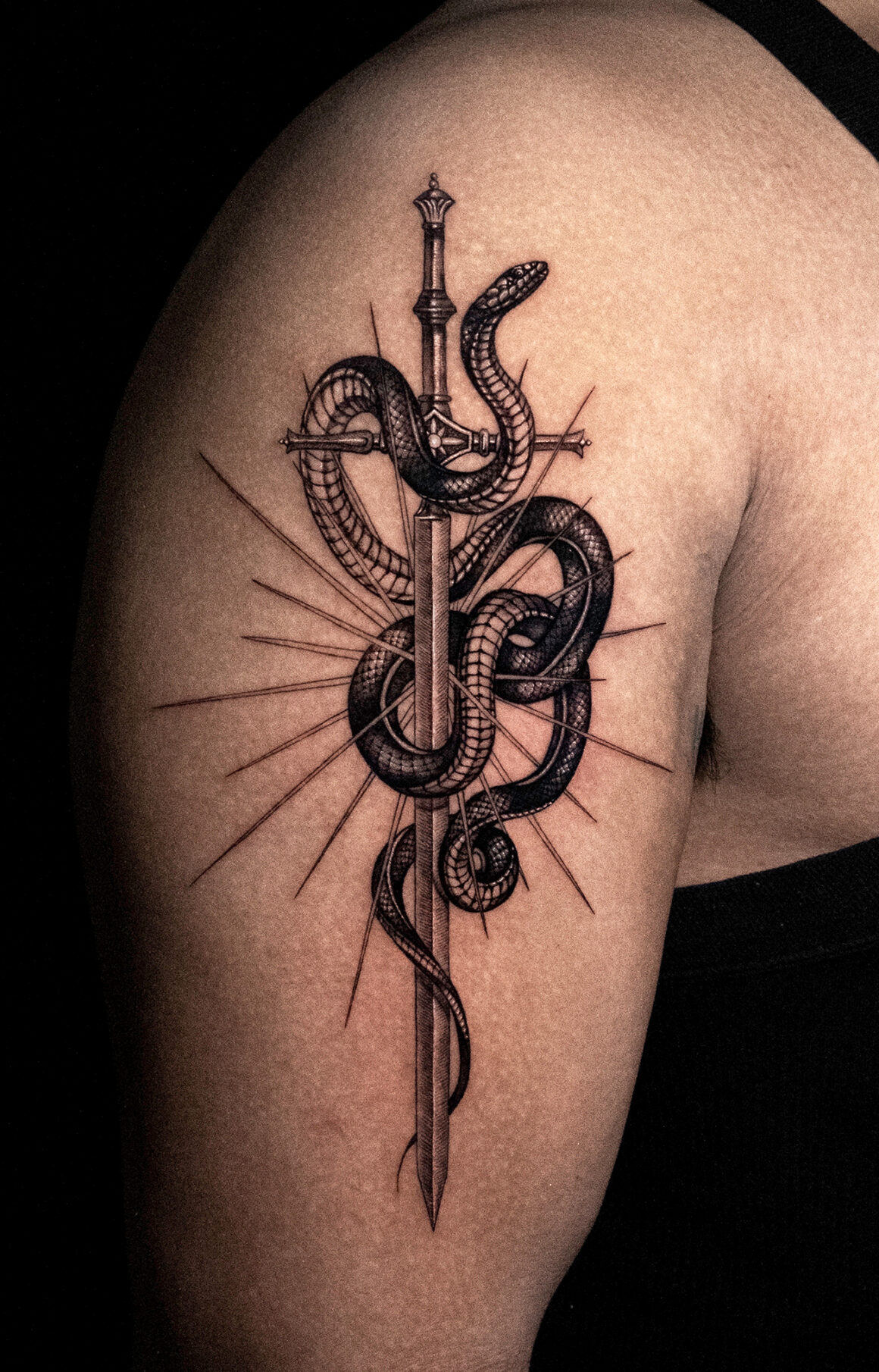
Your work has a strong reference to Western art. Are there any artists, movements, or historical periods that have particularly influenced your style?
Personally, I believe that while meaning is important in tattoos, they also need to be visually striking. There are so many incredibly talented and inspiring artists in the world, making it difficult to choose just a few influences. However, I have particularly admired and drawn inspiration from artists like Dr. Woo and Scott Campbell, who possess a strong sense of originality and unique artistic sensibility.
I enjoy working with a variety of themes, but I have a deep love for classic motifs.
I believe they hold an unmatched sense of originality and timeless appeal. That is why I strive to create great designs using these themes, though I have found that reinterpreting classic imagery in a unique way can be quite challenging.
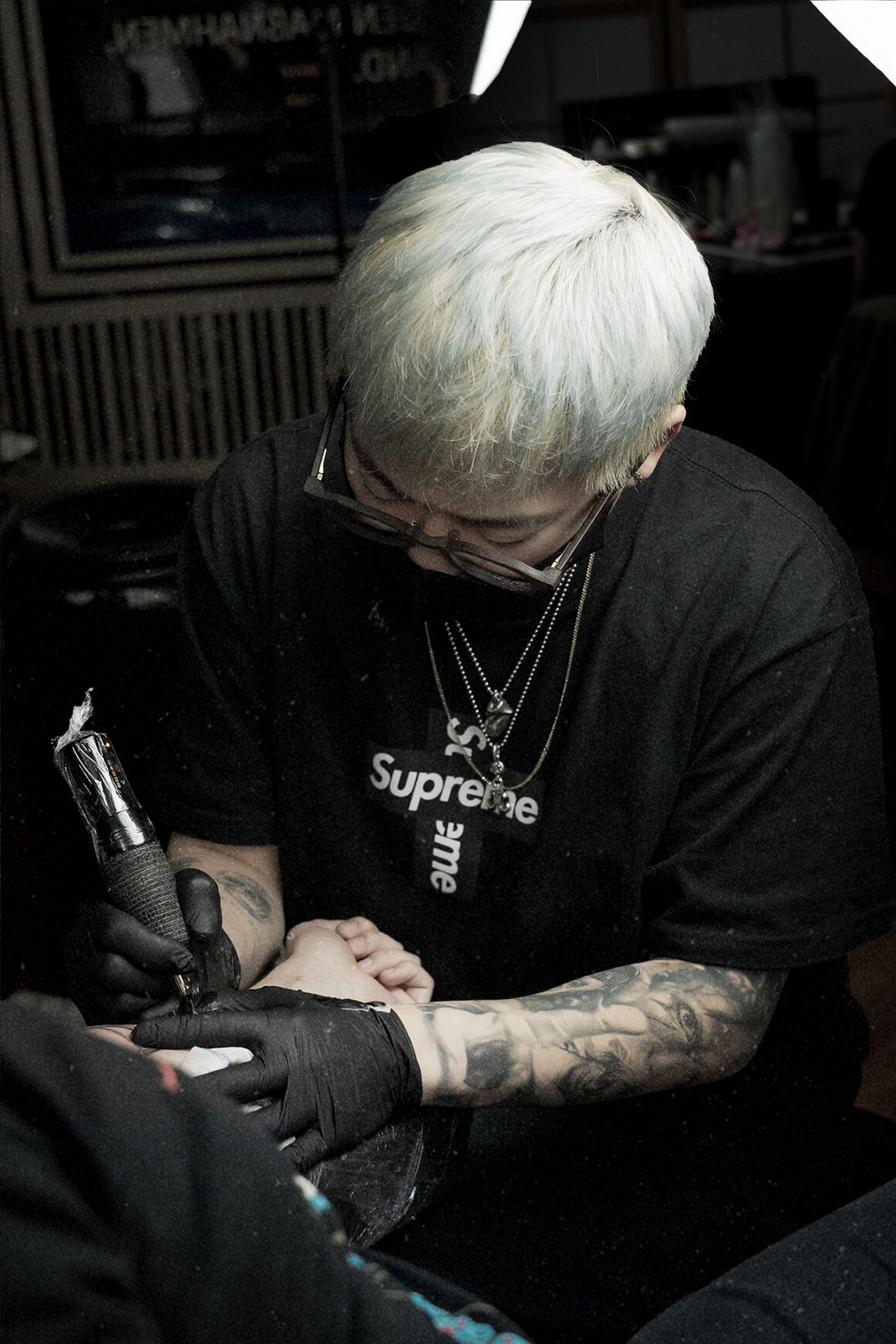
I strongly relate to the saying, “Classics never die.” Because of my love for classical subjects, I frequently visit exhibitions of classical painters and study artworks in museums, drawing a great deal of inspiration from them. Additionally, I have recently developed a strong interest in contemporary designs, so I also find inspiration in fashion and modern art.
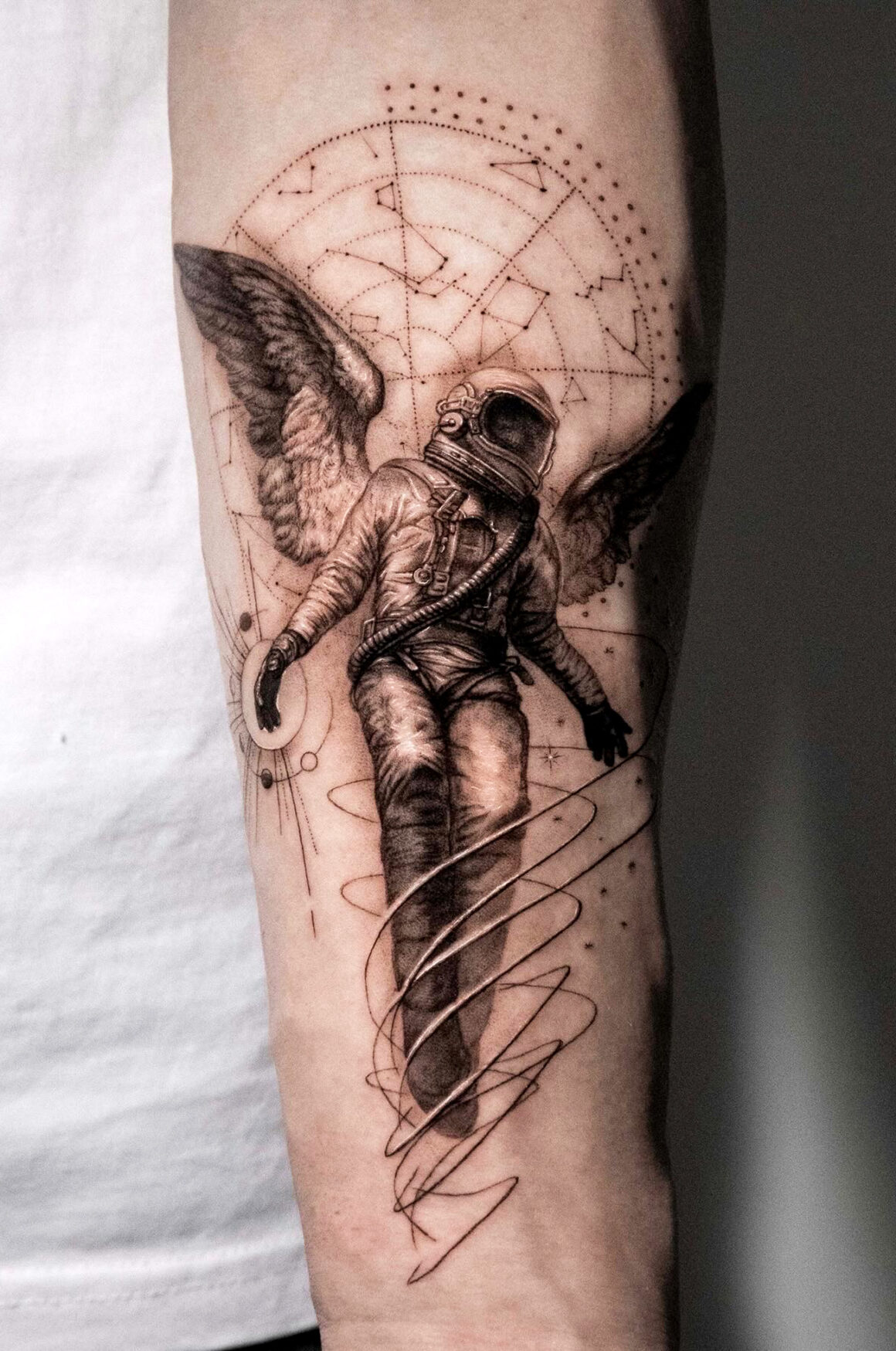
Is there any particular subject or theme you enjoy tattooing more than others? Which elements often recur in your compositions?
I really love skulls, angels, and vintage engraving-style imagery. I enjoy combining these elements with various additional themes to create distinctive and unique designs. While it may not be considered a classical subject, I have always been fascinated by space since childhood. The unknown and mysterious nature of the universe fills me with curiosity and awe. In particular, I love the theme of astronauts—explorers who venture into the unknown.
The idea of freely floating in a place so few people can reach is incredibly inspiring and unique to me.
That is why, in addition to creating many artworks and designs based on classical themes, I also frequently incorporate astronauts into my designs. These subjects are among my absolute favourites to work with.
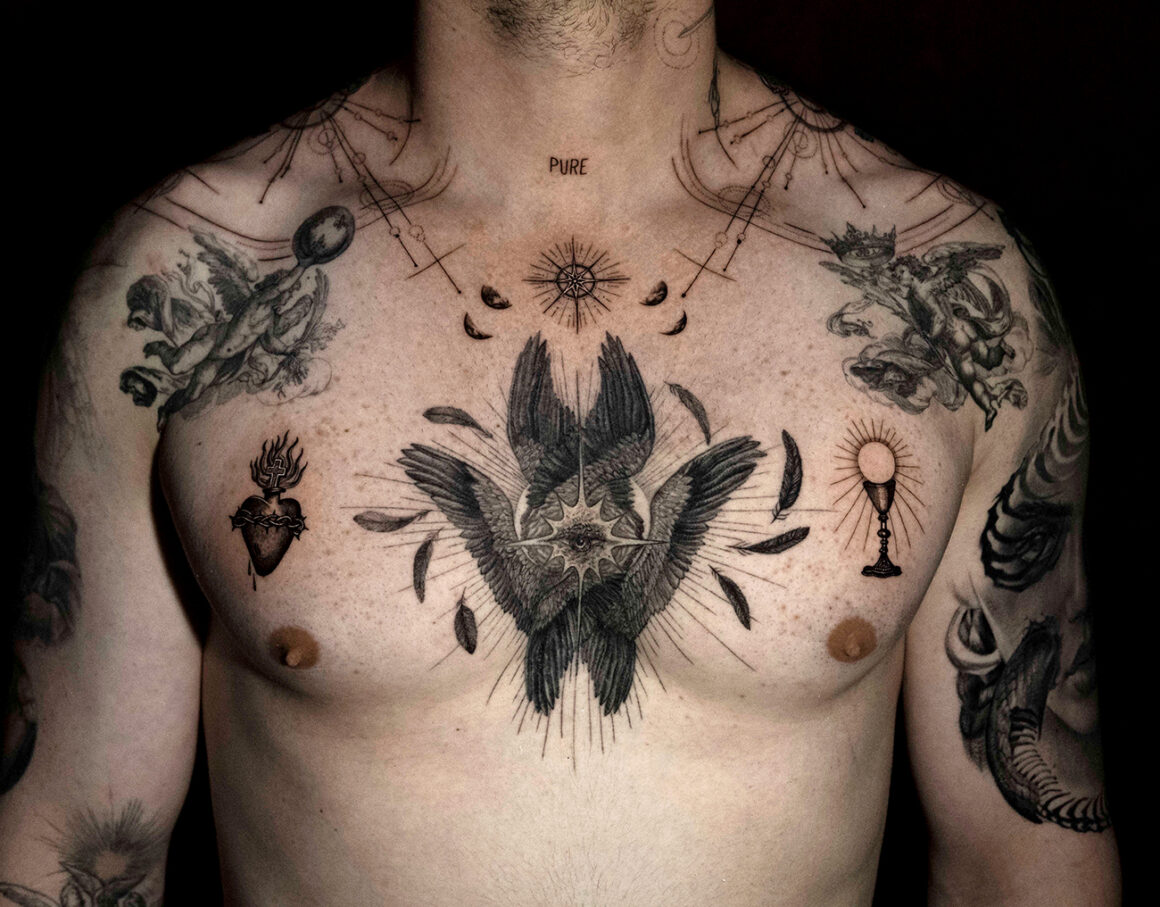
Technique in black and grey is fundamental: how do you achieve depth and realism in your tattoos?
In black and grey work, I place great importance on balancing light and shadow, as well as achieving smooth gradation to enhance depth and realism. Personally, I use around five different ink dilutions to ensure precise detailing, adjusting the tones based on the client’s skin type, as the final result can vary accordingly. I also utilise fine needles, such as single needles, to create highly intricate details. By carefully controlling contrast, I aim to maximise three-dimensionality and naturally bring out the textures in each element. I strive to incorporate my own unique textures to make my work stand out, and in the final stage, I use white ink to further enhance contrast and depth, making the piece even more dynamic.
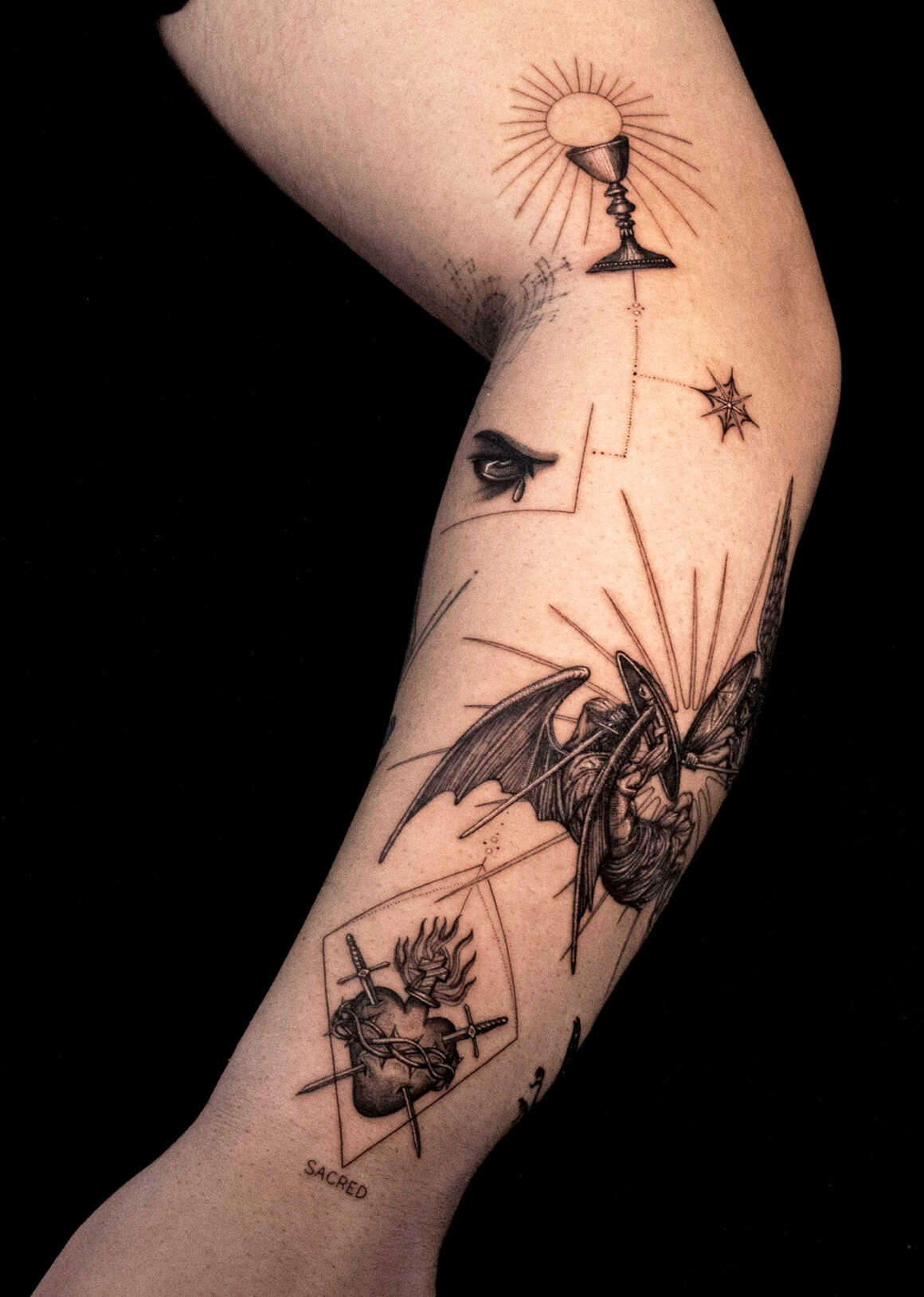
What is your creative process? Do you always start from an artistic reference, or do you prefer to build the design around the person who will receive it?
I often build my designs based on consultations with clients, but sometimes clients choose from designs I have created myself. When there are no specific client requests, or during my personal time, I enjoy creating artwork and designs based on themes and atmospheres that I personally like.
While I always consider the elements my clients want, I also incorporate my own style to ensure the final piece is unique and visually striking.
I believe that tattooing is a collaborative art between the artist and the client. Because of this, I dedicate a lot of time to consultations, ensuring we find the best approach together. I sometimes use reference materials, but I prefer to develop my own ideas to create the most original and well-composed designs.
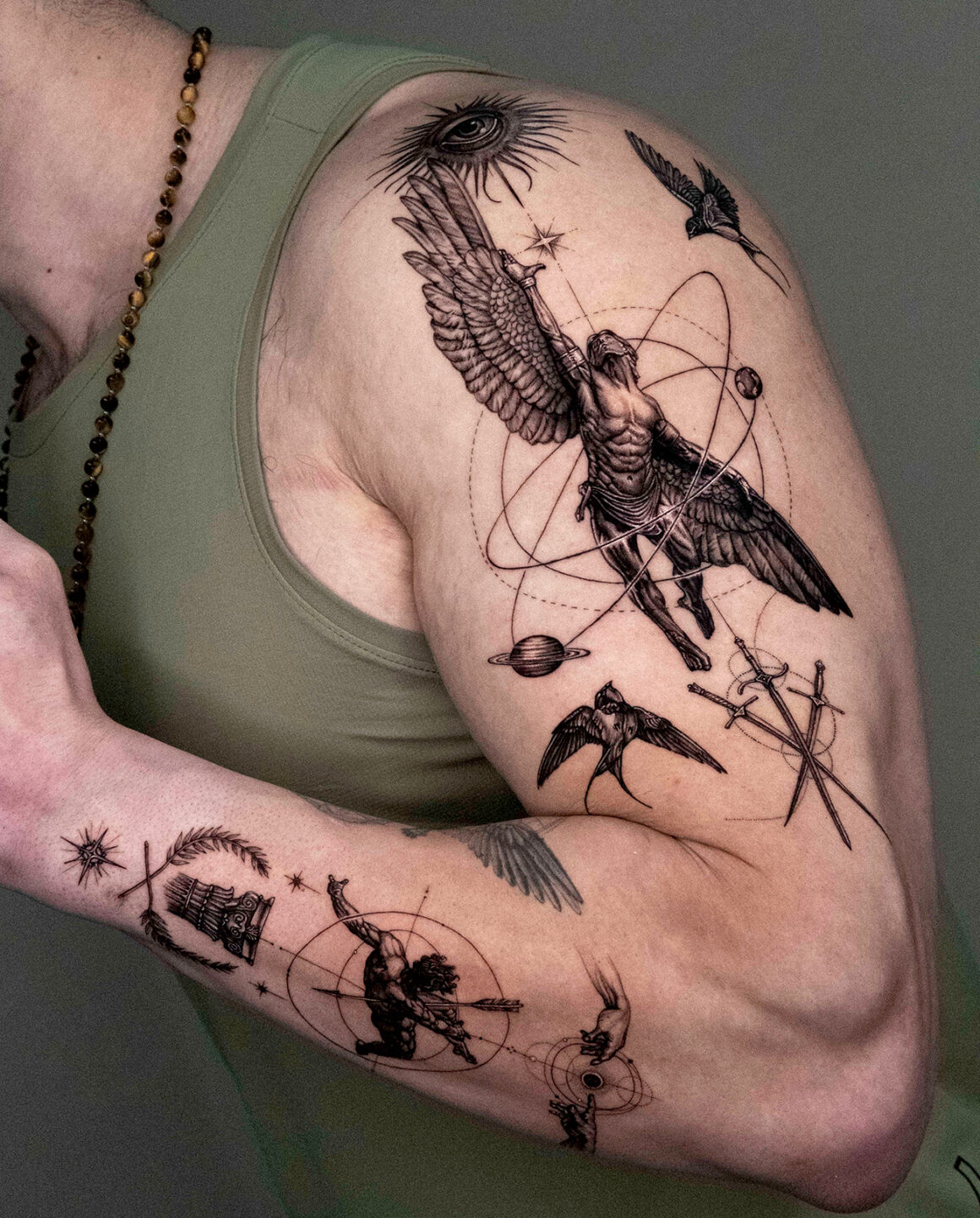
Where are you currently working? Do you have your own studio, or do you collaborate with other artists? What is the illustration tattoo scene like in Korea?
Currently, I collaborate with various artists and work on different projects. In Korea, I opened a private studio with friends and worked there for about three years. After that, I decided to leave the studio to gain more diverse and new experiences. Since then, I have been travelling to different cities and countries, including Europe, Canada, and Asia, learning from talented artists across various tattoo styles.
Unfortunately, the tattoo scene in Korea is still not legally recognised.
However, it is becoming increasingly popular among the younger generation, and public perception of tattoos is gradually improving. I believe Korea has many incredibly talented artists, particularly those who excel in creating small, highly detailed designs. I hope tattooing in Korea will eventually become legalised so that more artists can work in a better and more supportive environment.

Do you travel for guest spots or conventions? How important is it for you to engage with other international tattoo artists?
I travel to various countries, participating in guest spots and tattoo conventions. Connecting with international artists is a crucial part of my growth as a tattooist, as it allows me to observe, learn, and incorporate new trends and techniques into my work.
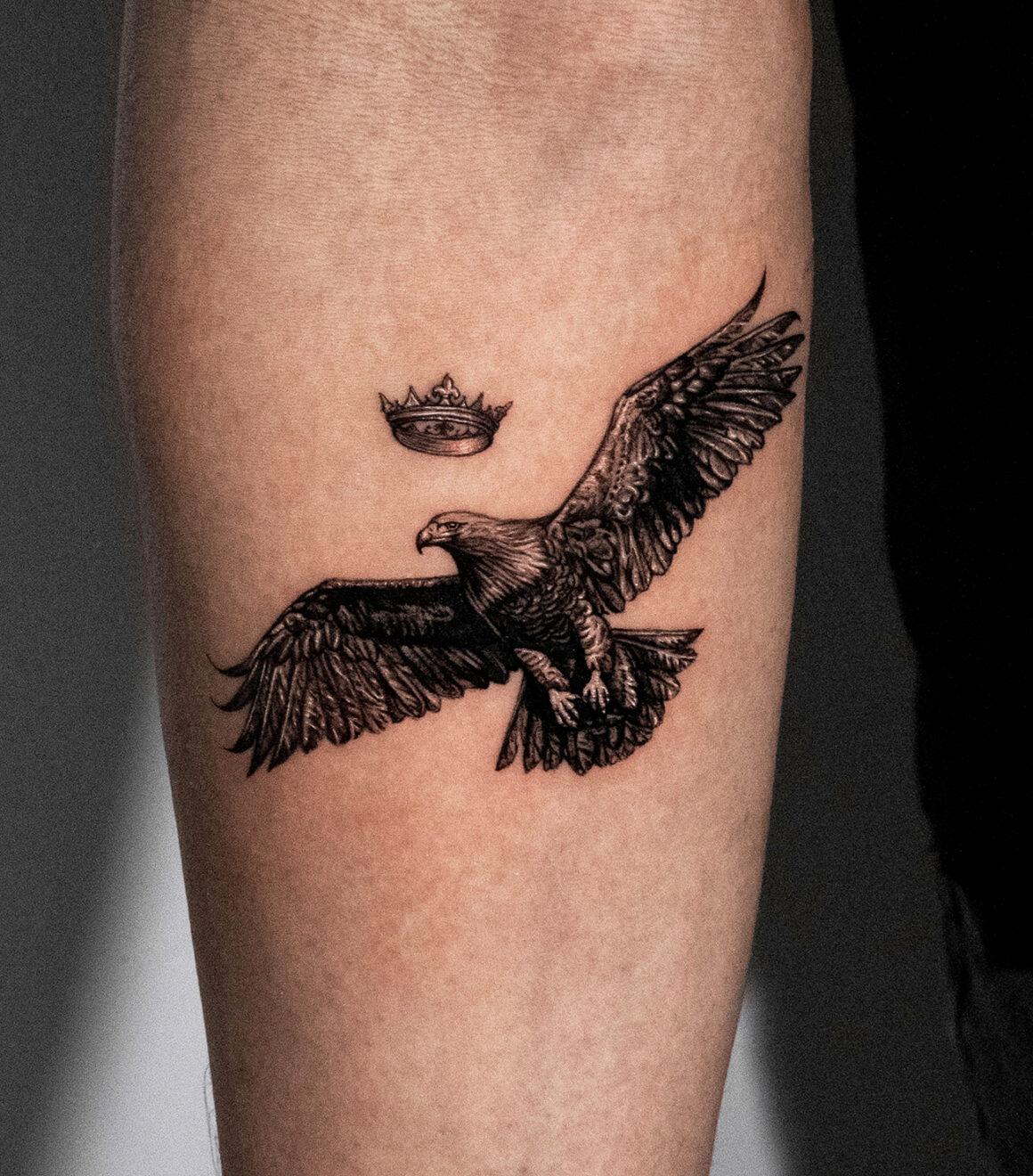
Tattooing is something that cannot be fully understood just by looking at images on social media. Seeing the process firsthand and analysing the final results provides much deeper insight and learning opportunities. Beyond tattooing itself, interacting with artists from different countries also exposes me to new perspectives, lifestyles, and ways of thinking that I may not have encountered before. To avoid stagnation, I always strive to stay humble and maintain a positive mindset, continuously pushing myself to become a better artist than I was yesterday.
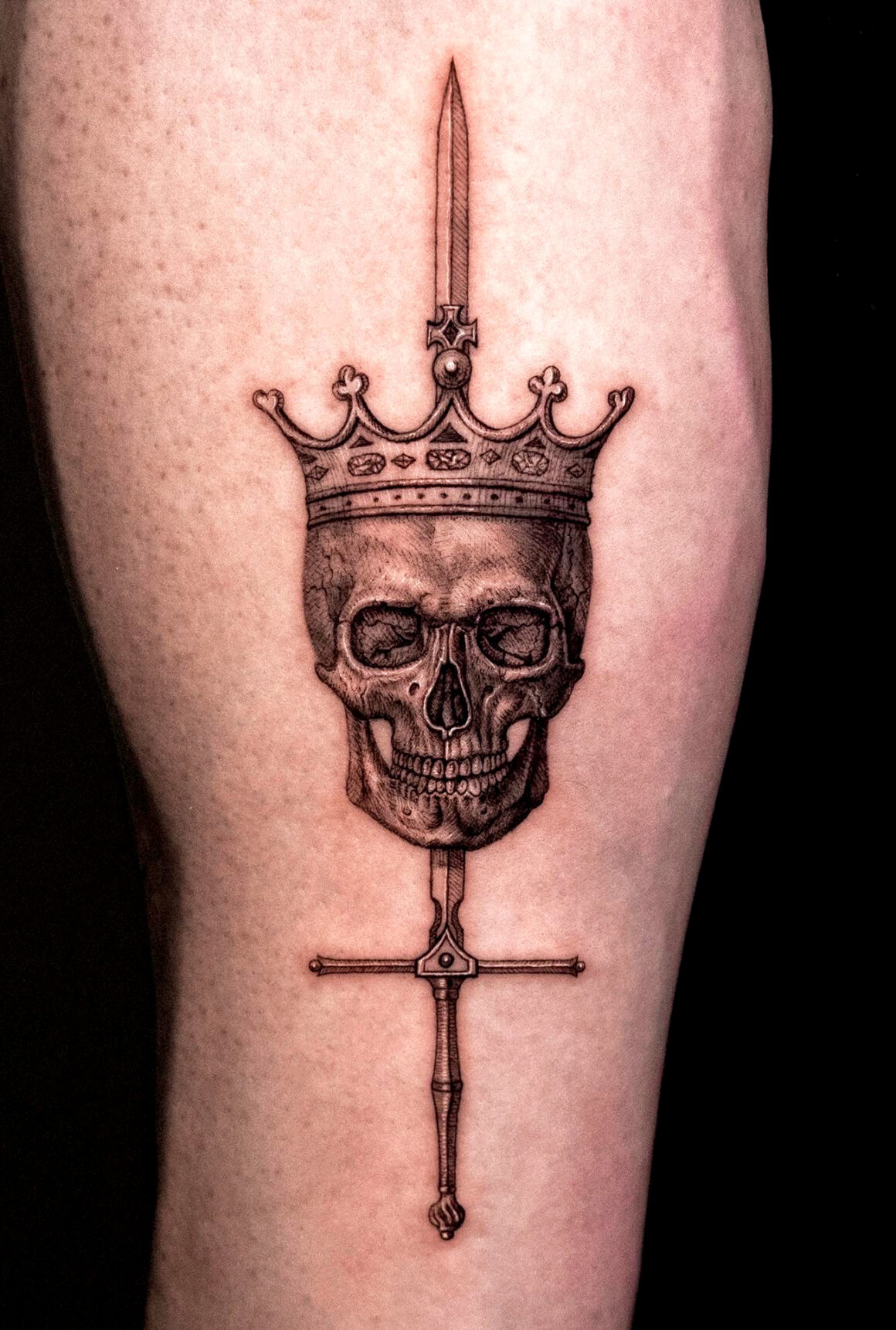
Are you currently exploring new techniques or stylistic directions?
I am currently researching ways to enhance detail and texture in micro-realism. To achieve higher quality, I am studying structural techniques and experimenting with how different elements can be combined more effectively and naturally. Additionally, I want to incorporate more original elements into traditional black and grey styles to develop a unique approach. I believe that discovering one’s artistic style is something every tattooist must continuously explore and refine. Moving forward, I do not want to limit myself to just micro-realism—I also aspire to take on larger-scale projects with more creative compositions.
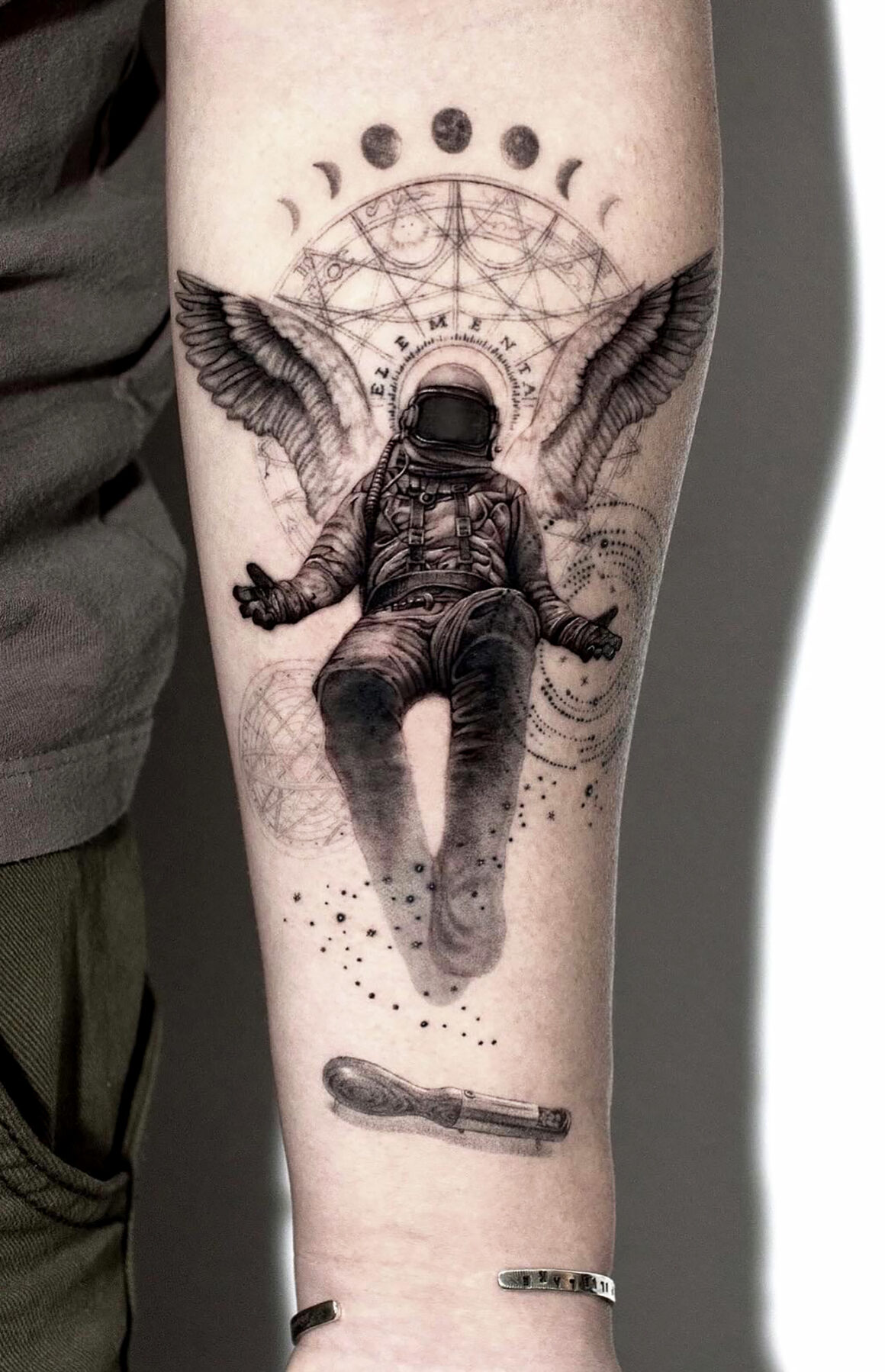
What is your ultimate goal as an artist? Do you have a dream project?
A tattoo is something that remains on the body forever—it does not fade away. That is why my goal is not just to create good tattoos, but to produce unique pieces that will be remembered for a lifetime. I also want to establish my own distinctive style, not just in Korea but on a global scale, and create work that inspires others. When clients think of ygtattoos, I want them to see me as an artist who creates striking, memorable pieces. Likewise, I hope that fellow artists recognise me as someone who consistently produces outstanding work. Ultimately, I would love to expand my designs beyond tattooing and explore various creative projects, including collaborations in fashion and fine art.
